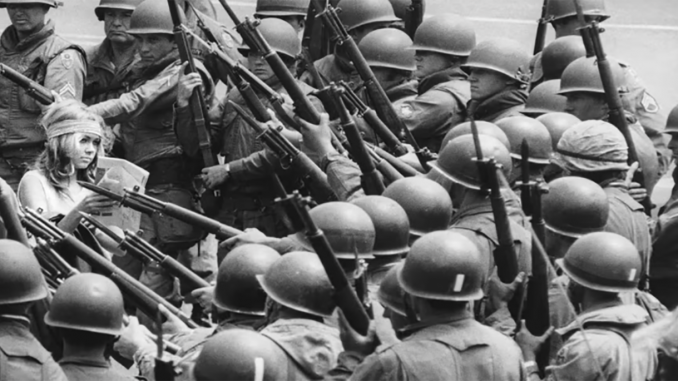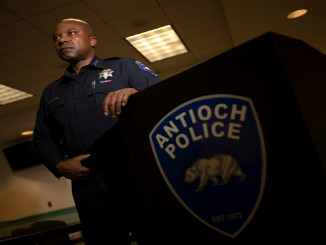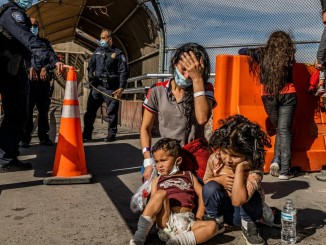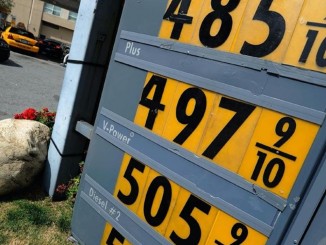
In 1969, a small plot of land near the University of California (U.C.) Berkeley became a site of symbolic protest against war and racism, a place where students and community members came together to imagine a better world, and to demonstrate their vision of the future they wanted to create. They took this small plot of land, owned by the university, and turned it into a community space, People’s Park. Since that time, People’s Park has remained a social hub, a refuge for the unhoused, and the site of concerts and other cultural events. It is a reminder of the power of protest and the promise of a better future won through solidarity and struggle.
A Creative Community Protest
The University originally bought the plot of land in 1967 to build dorms but, after clearing it, they left a vacant lot. Activists involved in the civil rights and anti-Vietnam war protests seized the moment. In 1969, an underground newspaper, the Berkeley Barb, called on people to take over the land and build a park. On the appointed day, crowds of people gathered and built a playground, a pond and a garden, changing the vacant lot into an inviting community space. It was a protest against the way this society isolates and separates people. The activists showed, in a small way, the world they wanted to live in. A collective, peaceful, participatory world, built by the people themselves.

The U.C. Reacts with Repression
A month after the park was built, the U.C. sent its work crews to destroy it. The community and students came out to stop them. The police and sheriffs killed a bystander named James Rector. Another 128 people were injured, including Alan Blanchard, left permanently blind. The governor, Ronald Reagan, blamed the protestors and called in the National Guard. The troops remained for two weeks, but the protestors kept up the pressure. Finally, the U.C. gave up and decided it was easier to let the people have the park. Ever since, the park has remained a site of community gatherings. Concerts and other cultural events are held in the park. Rallies and protests are planned and staged in the park. With people being pushed from their homes, the park also became and remains a refuge for houseless people.

Nothing Says We Can’t Win!
In 1971, 1979, the early 1990s and just last year, the U.C. made attempts to take the park back from the people. They failed before, and they can be stopped again! The park is a symbol of protest and possibility. It is a legacy left to us from the generation of the ‘60s who fought for a better world. We face many of the same problems today – war, racism, and exploitation, and new ones such as the climate catastrophe. These are all products of a system that keeps us isolated, passive and fearful. Our answer can and should be the same as those who built People’s Park. We want a collective, participatory, engaged society! Through our own efforts we can make it happen. Nothing says we can’t win – to defend People’s Park, and to build the world we want. The forces that oppose us are powerful, but we are many and they are few. If we act collectively, anything is possible.




